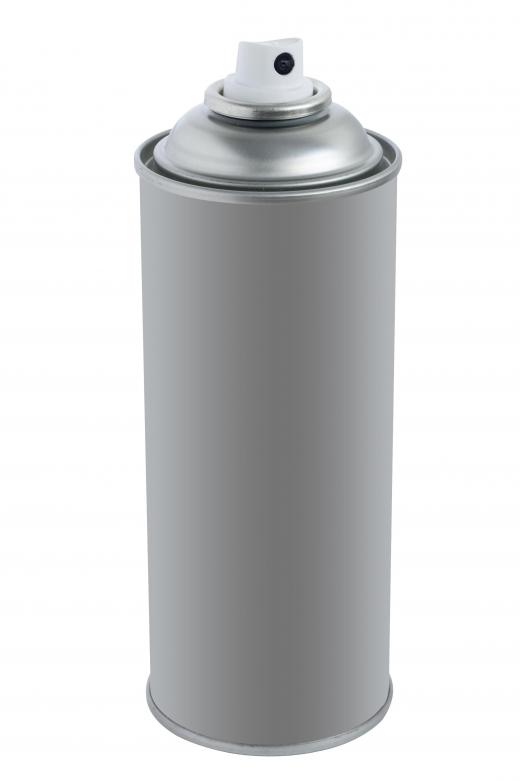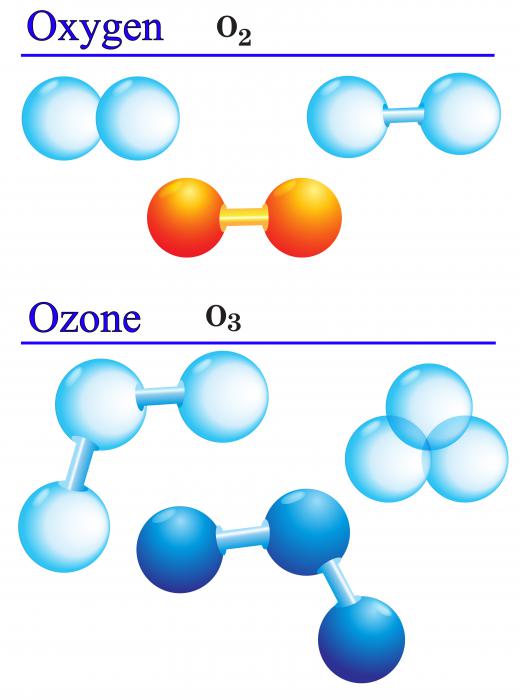A chlorofluorocarbon (CFC) is a gaseous compound of several basic elements, including fluorine, chlorine, carbon, and hydrogen. Developed in the 1930s, chlorofluorocarbons became extremely popular in refrigeration and aerosol technologies due to their relative stability and safety. Late 20th century scientific discoveries revealed that CFCs play a significant role in the depletion of the ozone layer; since this discovery, international environmental treaties have greatly reduced the use of CFCs worldwide.
The creation of chlorofluorocarbon compounds dates back to the 19th century, but the commercial production of the compounds was not perfected until the 1930s. While in search of a safe, non-toxic alternative to the poisonous and explosive materials used in refrigeration and cooling, such as ammonia, sulfur dioxide, and even propane, Thomas Midgely, an American inventor, began experimenting with the addition of fluorine to hydrocarbons. The result of his examination was a compound that provided coolant properties without the high risk of flammability; Midgely was hailed as a genius, and the landscape of refrigeration quickly and indelibly changed.

In addition to their use as refrigerating agents, chlorofluorocarbon compounds soon found became popular in other consumer products as well. New variations of chlorofluorocarbon were found to work extremely well as propellents, making them ideal for sprays and liquid suspensions. Shaving cream, asthma inhalers, hair spray, and all manner of spray or foam products routinely used CFCs to create an even and non-toxic dispensing system.

As scientists soon discovered, the wonderful properties of chlorofluorocarbons possessed a hidden danger, largely due to the chlorine in their makeup. As CFCs rise through the atmosphere, they are pelted by ultraviolet rays that cause a chemical breakdown, releasing the chlorine from its bond. Chlorine, which is naturally uncommon in the atmosphere, is capable of consuming and destroying ozone molecules. With the enormous commercial popularity of chlorofluorocarbon throughout the 20th century, humans suddenly began releasing huge amounts of CFCs into the air, leading to a gradual but severe depletion of the protective ozone layer of the atmosphere.
By 1985, many scientists had confirmed a rapidly growing hole in the ozone layer, and held chlorofluorocarbon compounds primarily responsible for its existence. In an attempt to reduce the damage and give the ozone a chance to repair, many countries began signing protocols that banned or severely limited the use of the compounds in nearly all products. Though usage of CFCs has been greatly reduced since the late 20th century, CFC compounds can remain in the atmosphere for up to a century, meaning that the full extent of the damage and capacity for recovery remains unknown.

